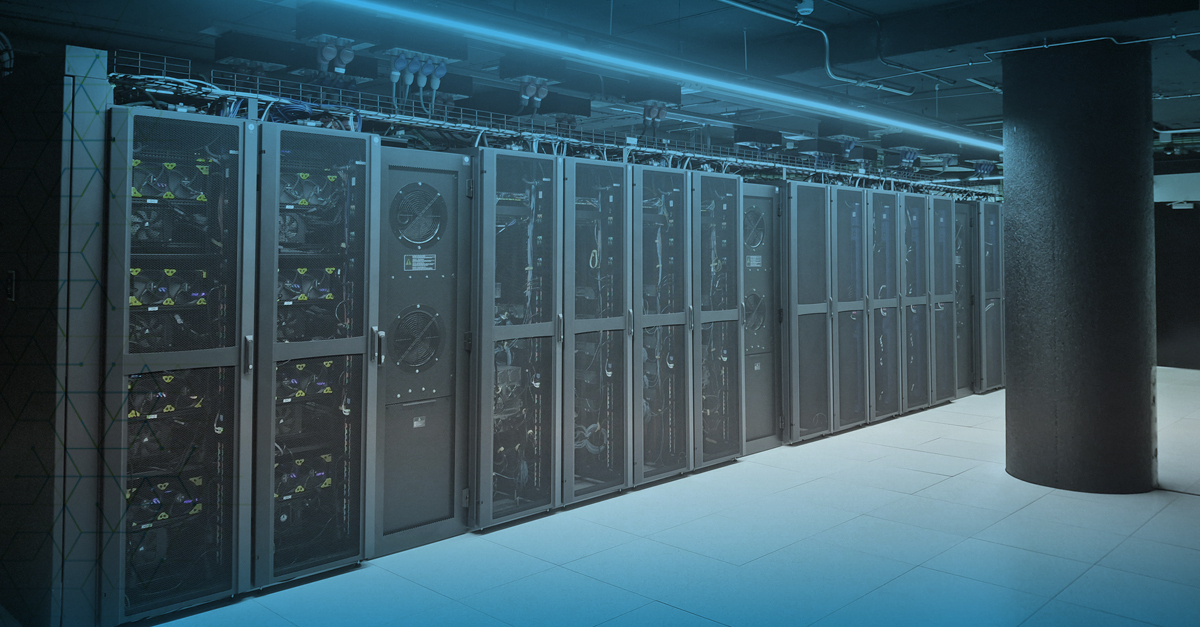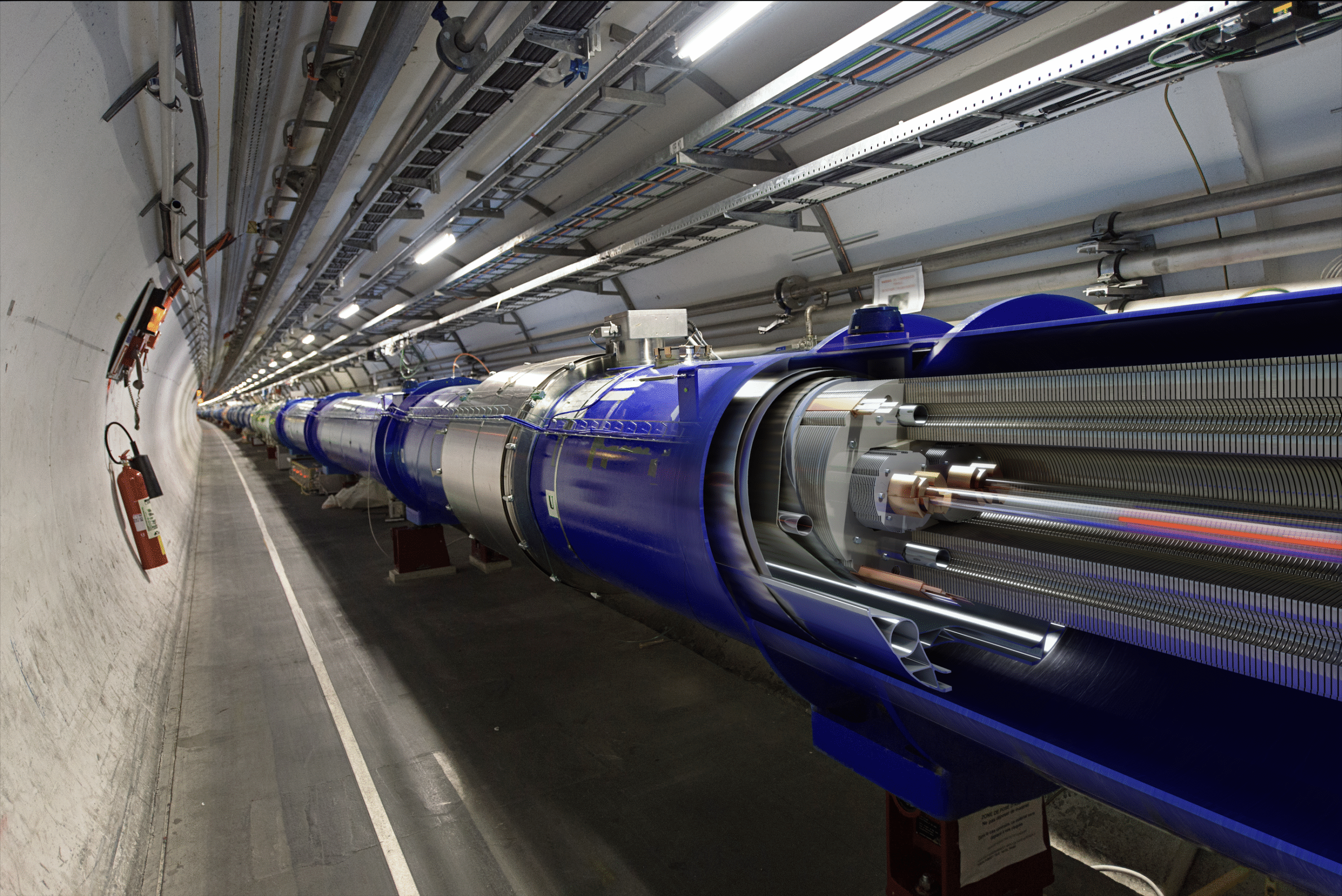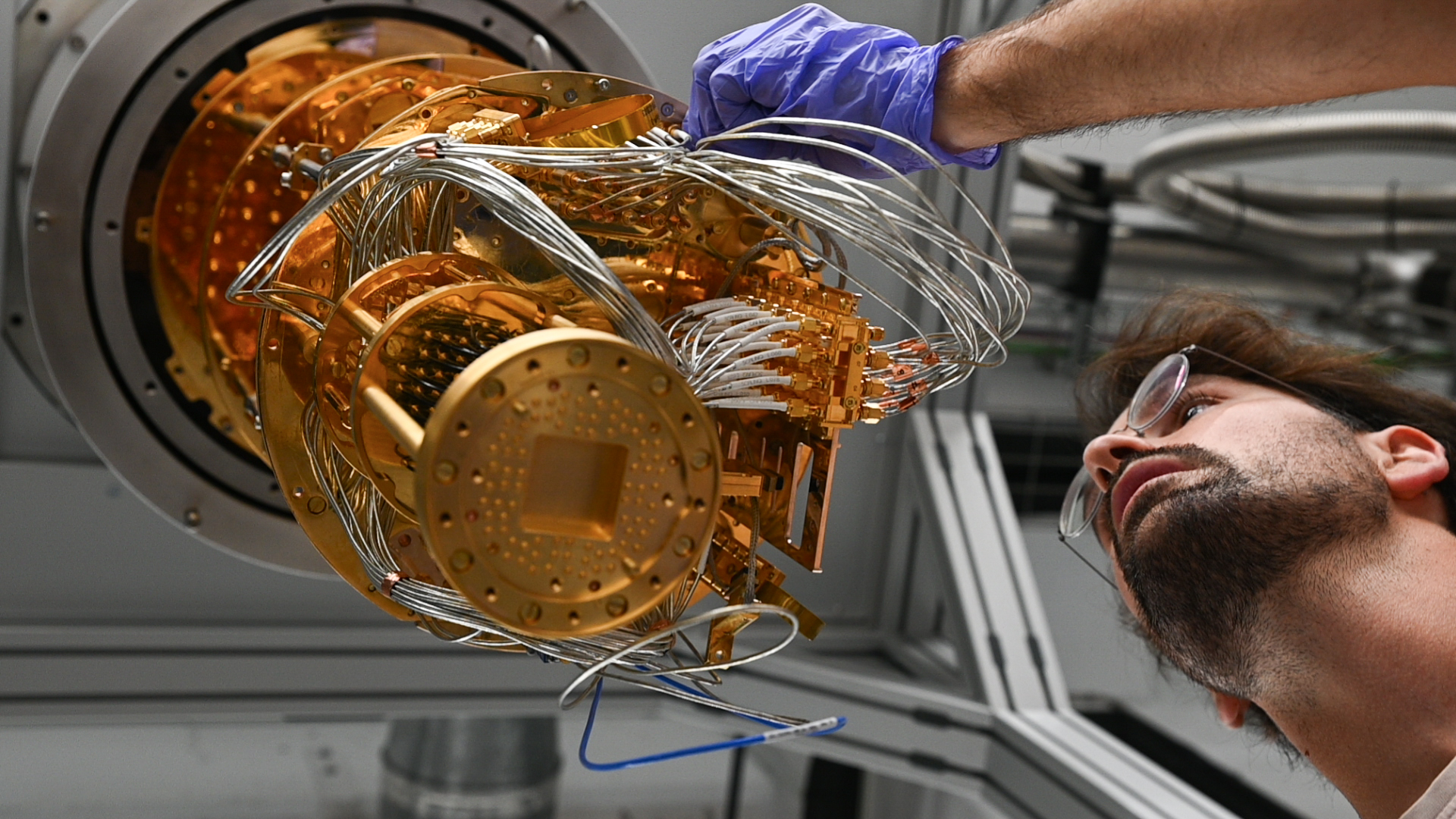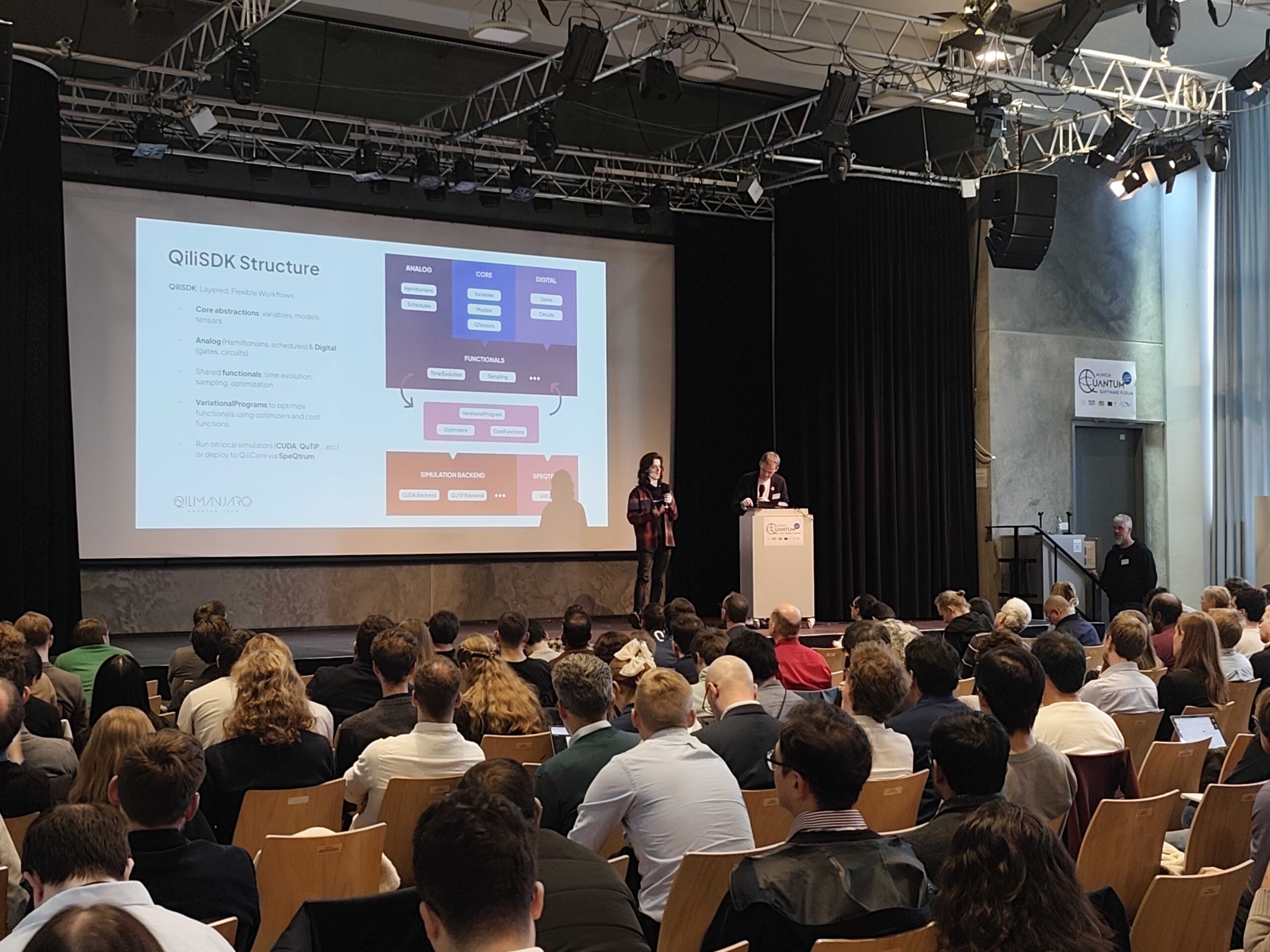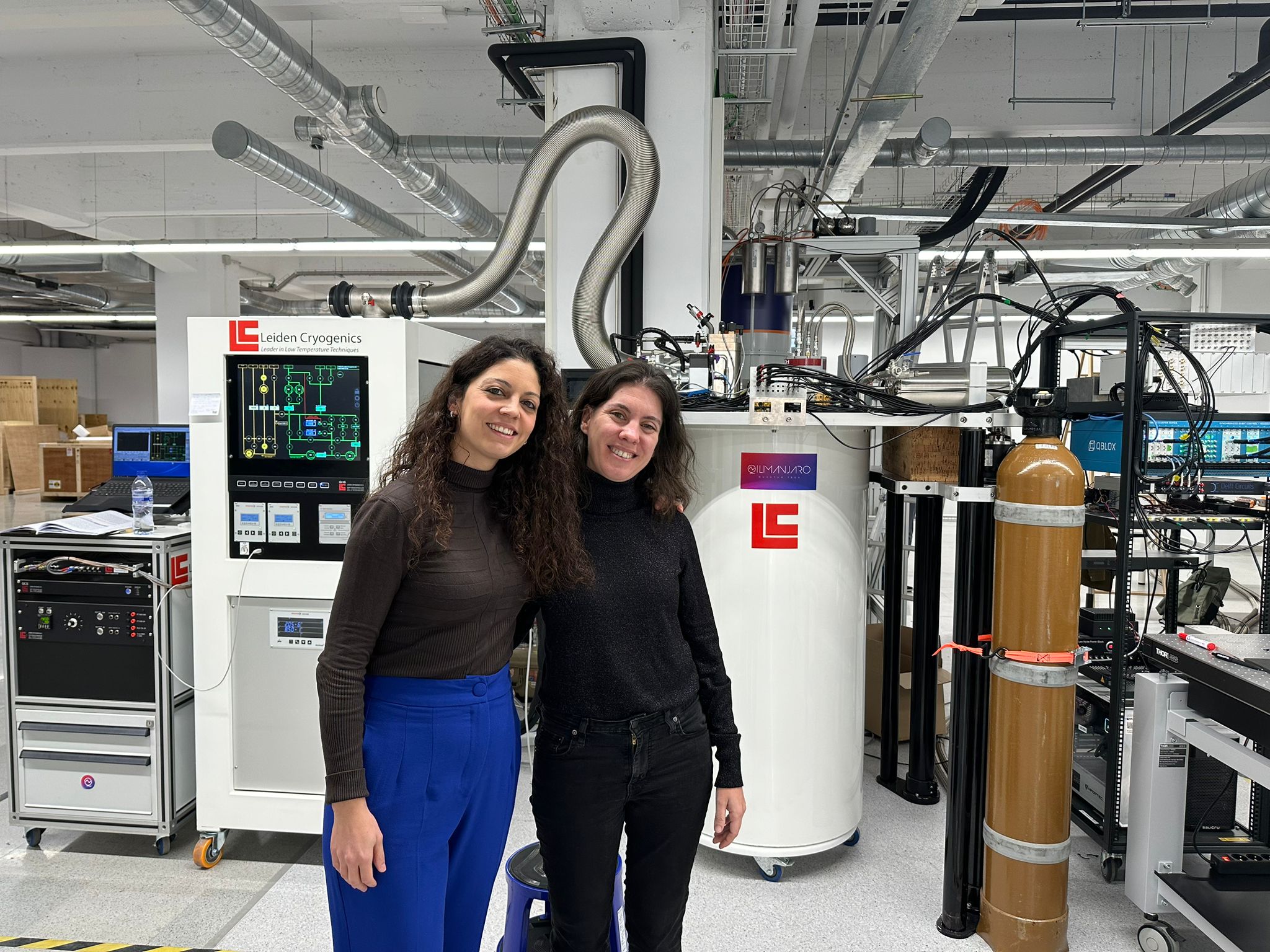Modern computing has transformed nearly every aspect of modern life, from driving advancements in healthcare and finance to expanding our understanding of the universe. As our reliance on artificial intelligence (AI) and the need to solve more complex problems grow, so does the demand for computational power. This advancement has led to a significant increase in energy consumption and environmental impact, raising serious concerns for the future of computing.
Historically, the growth in computing power followed Moore’s Law, which predicted that the number of transistors on a chip would double roughly every two years, driving continuous improvements in processing. Yet, as we reach the physical limits of transistor miniaturization, quantum effects like noise and interference begin to impact the performance of traditional silicon-based chips. (1)
One alternative to this challenge has been to build larger, more powerful computers. However, supercomputers and data centers come with limitations in size, cost, and sustainability. For instance, IBM’s Summit consumes 15 megawatts at peak usage—enough to power over 7,000 homes. (2) This energy consumption is not scalable, especially as data center power demands are projected to triple by 2030, consuming up to 12% of U.S. electricity and requiring $500 billion in infrastructure. (3) Additionally, CPU efficiency improvements are slowing, reinforcing the urgent need for more energy-efficient computing paradigms.
At this critical juncture, we at Qilimanjaro believe that quantum computing is the breakthrough technology needed to drive the next era of computing. As Richard Feynman suggested, by leveraging quantum mechanical principles such as superposition, tunneling, and entanglement, we can unlock unprecedented computational power. This shift towards quantum computing offers not only the potential to accelerate technological advancements but also a more sustainable approach by reducing energy consumption and mitigating environmental impact.
Energy Consumption Crisis in High-Performance Computing
The exponential growth in computing power has been accompanied by a similarly dramatic rise in energy consumption. Take Frontier, the fastest supercomputer in the world, which consumes around 504 megawatt-hours (MWh) per day. AI model training also requires substantial resources, with cooling systems for GPUs alone consuming megawatts of energy and significant volumes of water.
As these systems’ energy requirements escalate, we see the adoption of hybrid computing models that integrate quantum processing units (QPUs) as a path toward greater efficiency. By doing so, we can mitigate some of the environmental and economic costs associated with traditional high-performance computing.
Quantum Computing: A Path Toward Sustainable Innovation
Quantum computing is progressing through the development of Near Intermediate Scale Quantum (NISQ) devices, which are the first prototypes of quantum computers available today. Although these systems are still limited in scale and prone to errors, they hold immense potential for solving complex problems while consuming far less energy. Performance metrics like IBM’s Quantum Volume and Google’s Cross-Entropy Benchmarking focus on the computational power of these devices, often overlooking energetic efficiency. However, this metric is imperative, directly determining the cost, one of the main factors to be considered in practical terms and in the implementation of these systems at the industry level.
Despite their current limitations, NISQ devices can dramatically reduce energy consumption and carbon emissions compared to classical computers. Our quantum systems, for instance, use an estimated 18 kW—orders of magnitude less than supercomputers like IBM’s Summit. While the cryogenics required to maintain quantum systems consume a notable amount of energy, the overall energy consumption of quantum computers remains significantly lower compared to traditional supercomputers. Additionally, running these systems introduces minimal overhead in terms of energy, with their scaling being far more efficient. In contrast, the energy demands of supercomputers are rising by 20-40% annually, making quantum systems a much more sustainable solution as they grow in capability.
Benchmarking Energy Advantage: Our Approach
We’re leading the effort to benchmark the energy consumption of quantum systems through practical, large-scale analyses. Unlike many studies that focus on microscopic quantum processes, we compare the energy usage and CO2 emissions of our quantum processors to traditional supercomputers like IBM’s Summit. This comparative approach provides valuable insights into the environmental benefits of quantum computing.
We’ve developed a comprehensive setup that tracks power consumption across every component of our quantum systems. Our architecture collects and publishes live data, giving users access to real-time energy consumption metrics. Initial testing shows that the duration of the algorithm, rather than the control pulses or modulation, is the primary factor influencing energy use.
For example, when idle, our quantum systems consume about 432 kWh per day—1,000 times less energy than supercomputers like Summit. This difference is highlighted even further when considering applications such as the simulation of quantum systems. With Google’s study, sampling of a quantum system on Summit was shown to consume seven orders of magnitude more energy than quantum processors (4). We anticipate that as cryogenic cooling technology advances, these energy demands will decrease further. We estimated that solving a problem on one of our analog quantum devices would cost just $0.0016 in energy, in contrast to $3,466.73 for the same task on Summit, with a corresponding CO2 reduction of approximately 51 metric tons.
Analog vs. Digital Quantum Processing: Energy Efficiency
One of the most compelling aspects of quantum computing is the energy efficiency differences between analog and digital quantum systems. Analog quantum devices are particularly effective in solving combinatorial optimization problems, such as scheduling or vehicle routing, which are critical for industries like logistics. These devices directly encode problems into their quantum states, using quantum annealing to arrive at solutions with minimal energy use.
In contrast, digital quantum systems often require more resources, including error correction qubits and additional classical computation. Variational Quantum Algorithms (VQAs), a common approach for NISQ devices, rely on hybrid quantum-classical optimization loops, which can increase both the time and energy required to reach a solution (5). While these digital systems show promise for more advanced applications, they typically consume more energy than their analog counterparts.

Our analog quantum processors demonstrate a clear energy advantage in solving optimization problems. Estimates focused on these specific types of problems suggest that analog systems can execute solutions up to seven orders of magnitude faster than digital quantum computers (6), leading to significant reductions in both energy consumption and operational costs.
The Future of Sustainable Quantum Computing
As classical and quantum computing evolve, the gap between their respective energy efficiencies will only widen. Quantum systems, particularly our analog devices, offer significant advantages in power consumption per computational task, providing industries with an opportunity to reduce their carbon footprints and operational costs.
While quantum computers are still in their early stages, especially with NISQ devices, the long-term potential is immense. Beyond the NISQ era, quantum technologies will likely surpass classical systems in both speed and energy efficiency, revolutionizing sectors from AI to logistics.
Among these technologies, our analog quantum systems stand out for their immediate practical applications. With the potential of offering a better energy efficiency, accuracy, and speed, they provide a sustainable and cost-effective solution to many of today’s most pressing computational challenges.
In the journey towards a more sustainable future, we at Qilimanjaro believe quantum computing represents a transformative avenue for innovation, and we’re proud to be leading the charge.
–
(1) Audrey Woods. “The Death of Moore’s Law: What it means and what might fill the gap going forward”. MIT CSAIL Alliances (2021)
(2) Stephen Shankland. “IBM’s world-class Summit supercomputer gooses speed with AI abilities”. CNET (2018)
(3) McKinsey partners. “How data centers and the energy sector can sate AI’s hunger for power”. McKinsey (2024)
(4) Arute et. al. Quantum supremacy using a programmable superconducting processor. Nature, 574(7779):505–510, October 2019.
(5) Huan-Yu Liu, Zhao-Yun Chen, Tai-Ping Sun, Cheng Xue, Yu-Chun Wu, and Guo-Ping Guo. Can variational quantum algorithms demonstrate quantum advantages? time really matters, 2023.
(6) Salvatore Mandrà and Helmut G Katzgraber. A deceptive step towards quantum speedup detection. Quantum Science and Technology, 3(4):04LT01, July 2018.
Quantum Computing: A Path Toward Sustainable Innovation
